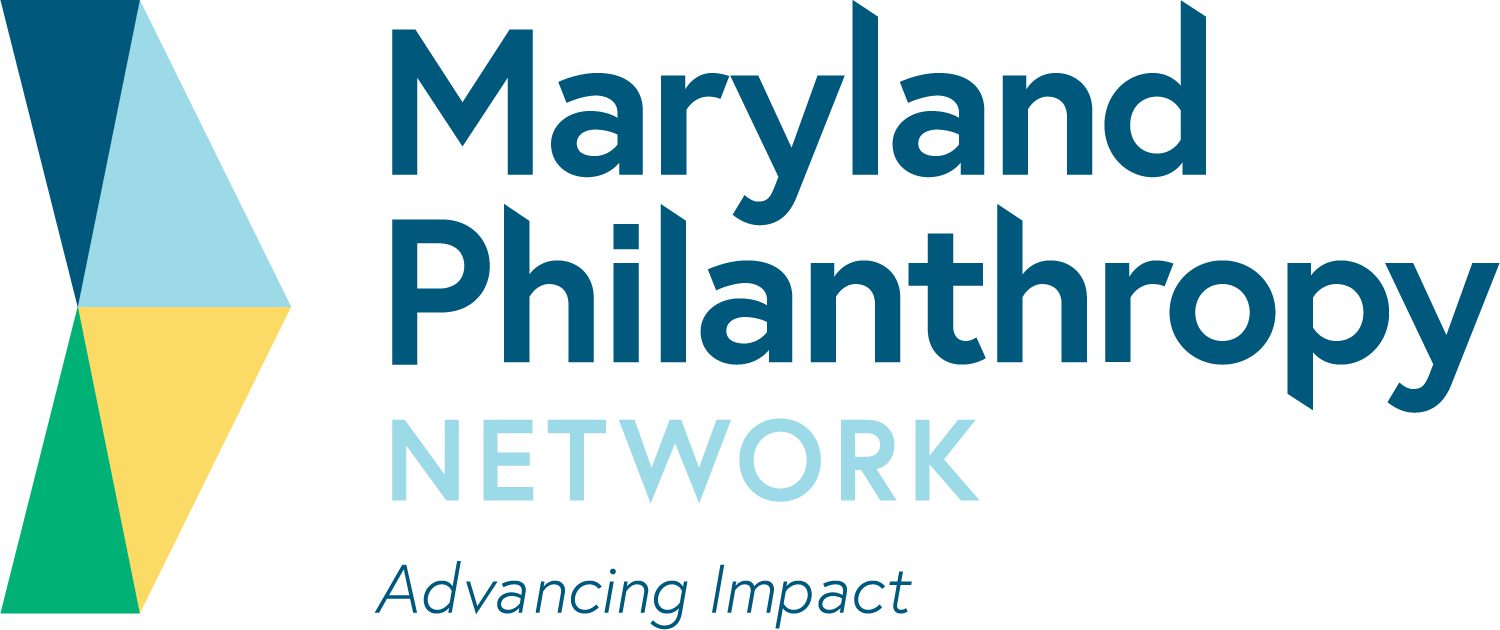The board and staff of MPN have begun their strategic work to define our path forward and to determine our core pillars of work.
During the 2020 uprisings against anti-Black racism and amidst a global pandemic, every sector in the United States, including philanthropy, condemned systemic injustice and committed to implementing more equitable policies and practices within th
“In the U.S., Black women are three to four times more likely to die from pregnancy-related causes than white women.
Clear evidence exists that reading proficiently by third grade is a powerful determinant of achievement and high school graduation and yet there are millions of American children that do not meet this critical benchmark.
Low math and literacy skills disqualify many men and women from training programs that provide occupational skills needed to acquire family sustaining employment.
The inequity and racial disparities that many foundations seek to address are often perpetuated by policies that not only disadvantage communities of color but also over-advantage whites and white-led organizations seeking funding.
Every year in Baltimore City, approximately 150,000 eviction cases are filed by landlords.
Are you interested in participatory grantmaking but don’t know where to start? Are you curious about giving the communities you serve decision-making power?
The Daily Record has named Celeste Amato, President and CEO of Maryland Philanthropy Network, one of Maryland’s 2019 Most Admired CEOs. Al Hutchinson, Visit Baltimore, Carmel Roques, Kesw
Join us for a briefing on the tightening eligibility requirements for the Supplemental Nutrition Assistance Program (SNAP) and the impact of these changes on Marylanders as well as the response from advocates, providers, and state/local government.
Community College of Baltimore County is pleased to announce it has recently received a three-year, $213,237 grant from the Leonard and Helen R.
As president of the Maryland Philanthropy Network, a statewide, Baltimore-based association that represents some 130 organizations, Celeste Amato helps manage some $9 billion in charitable assets.
Back in October 2020, we heard from the Open Society Institute – Baltimore and Baltimore’s Pr
Join Maryland Philanthropy Network for the second of a three-part series on community schools. Part II will focus on Intermediaries and the role they play in facilitating the implementation of Community Schools. We will be joined by the following community school leaders: Chief Tina Hike-Hubbard of Baltimore City Schools,; Khalilah Slater Harrington, Chief Program Officer, Family League of Baltimore; and Dr. Ingrid Williams-Horton, Director of Community Schools, Prince George’s County Public Schools.
Diane Bell-McKoy, an outspoken advocate for Baltimore's Black community as leader of Associated Black Charities, has left the nonprofit after 16 years.
Join Maryland Philanthropy Network’s Education Funders and Prenatal to Five Affinity Groups to learn about "mixed delivery systems" of care that connect across multiple programs, providers, and settings (including public schools and community-based organizations) that can be supported with a combination of public funds and private funds. Our speakers will share possible avenues for a system of mixed delivery in Baltimore and across Maryland along with potential next steps. Space will be created for dialogue between funders about steps you can take together around early care and education.
All Maryland Philanthropy Network members are invited to join Julia Baez and Bridget Blount of Baltimore’s Promise, Talib Horne, Ilene Berman, and Mildred Johnson of the Annie E. Casey Foundation, and Margaret Flynn-Khan of Mainspring Consulting to hear about and discuss plans to map funds supporting services for youth in the age range of 14-24 in Baltimore, with a focus on analyzing how investments align to priorities set by young people through the Youth Grantmaking Initiative.
It’s past time for stakeholders across business, philanthropy, government, and education to move with urgency toward solutions to build a solid child care infrastructure.

